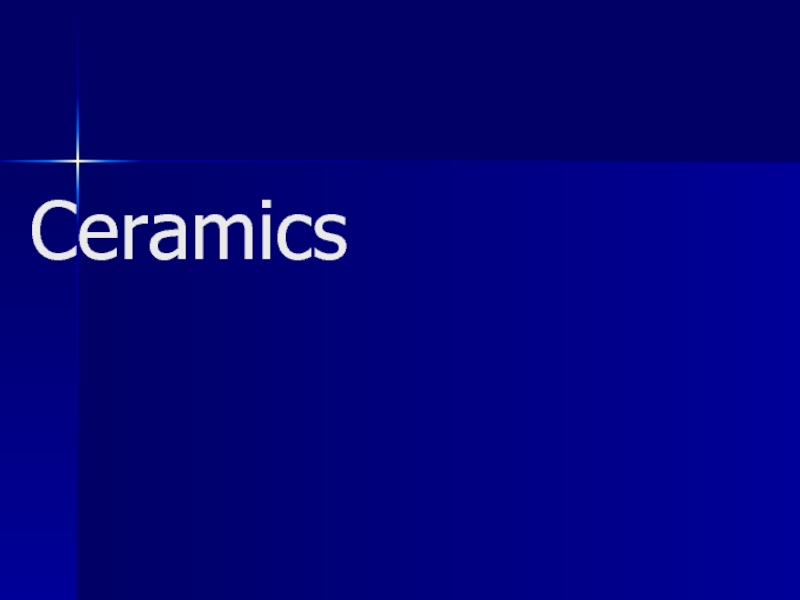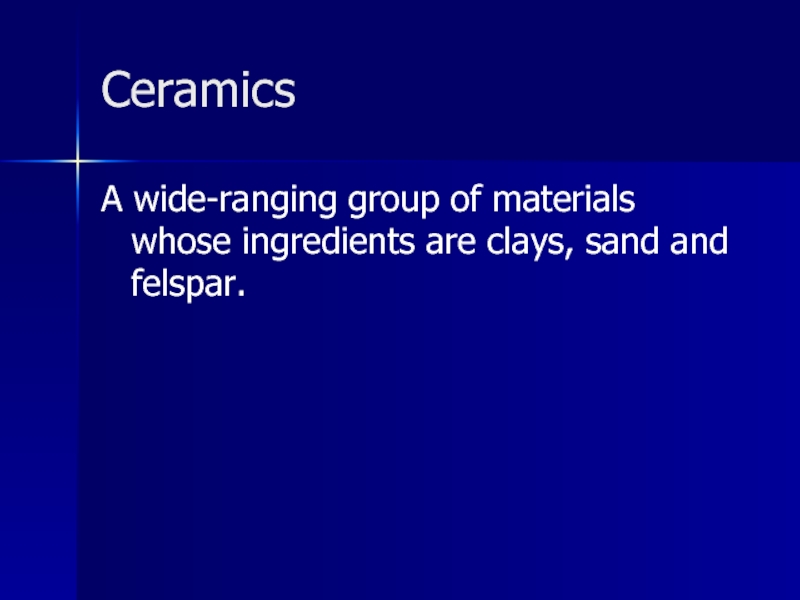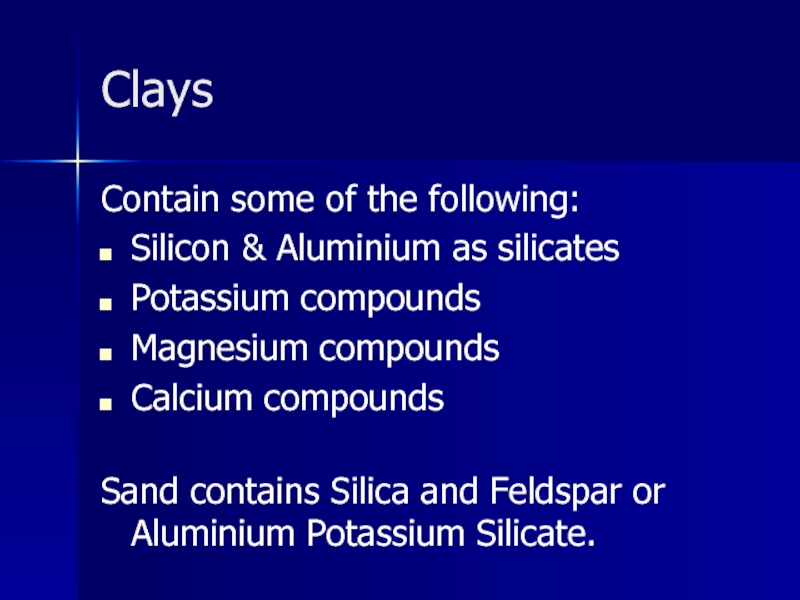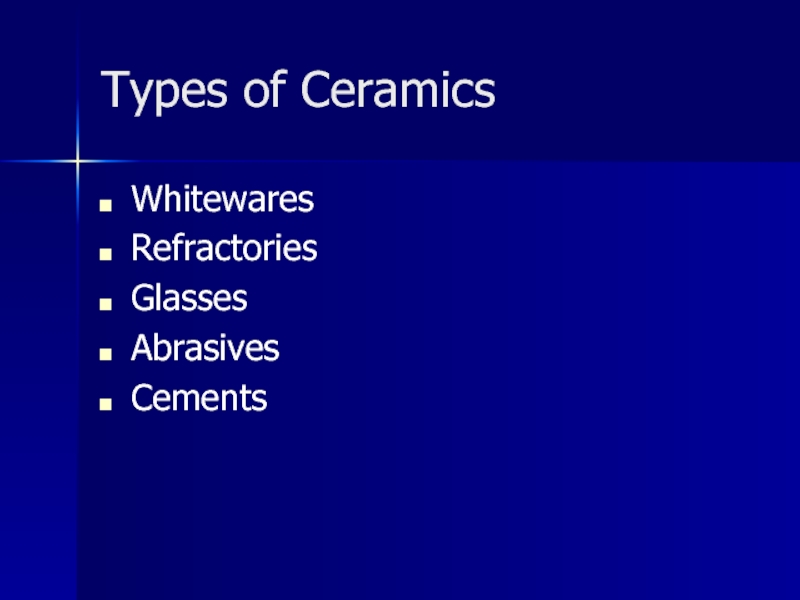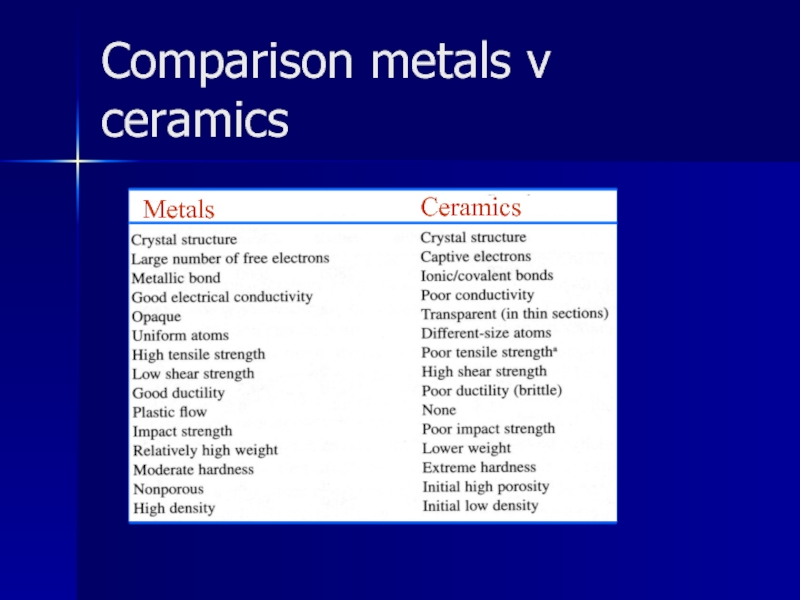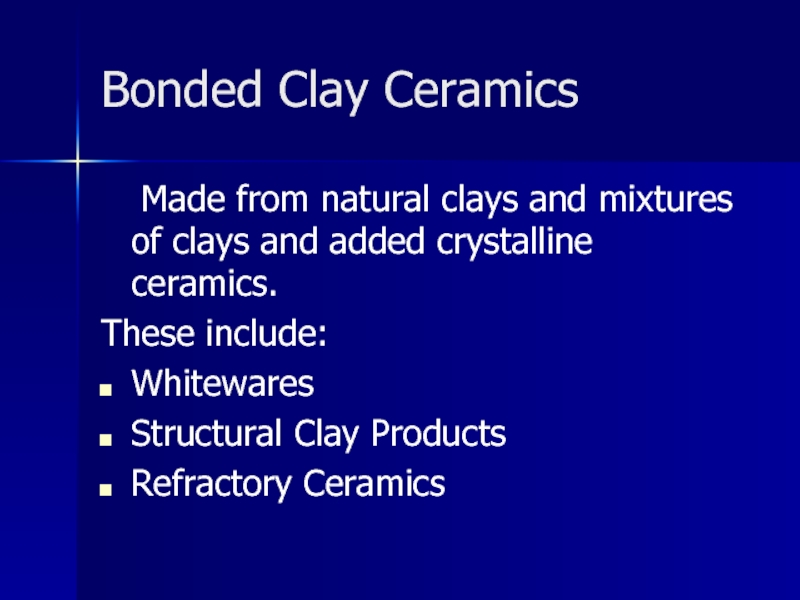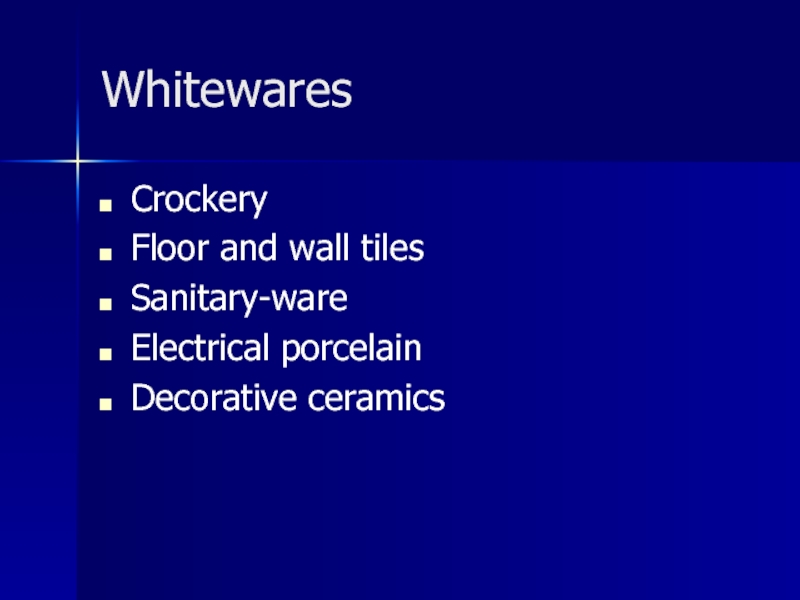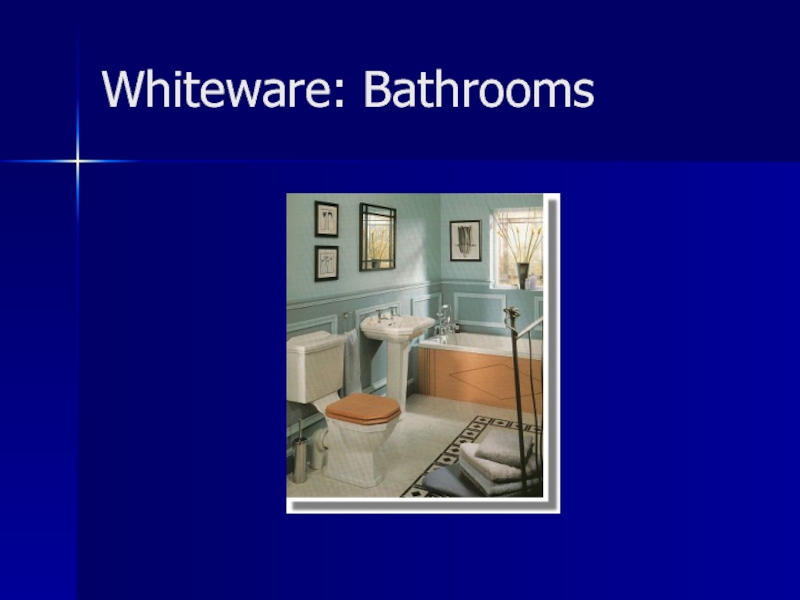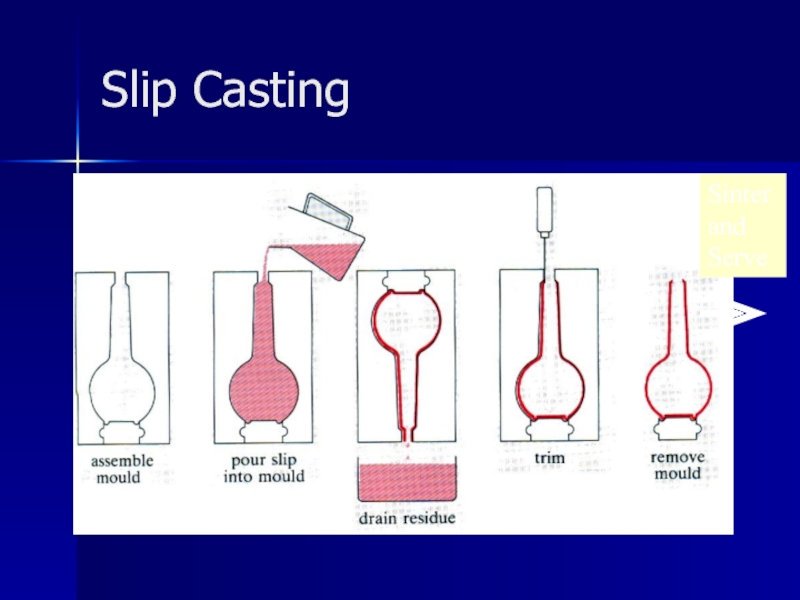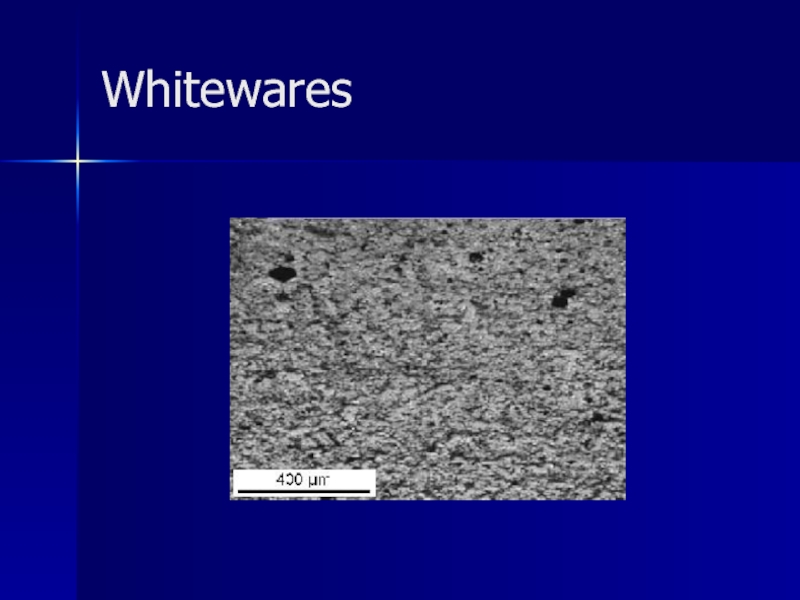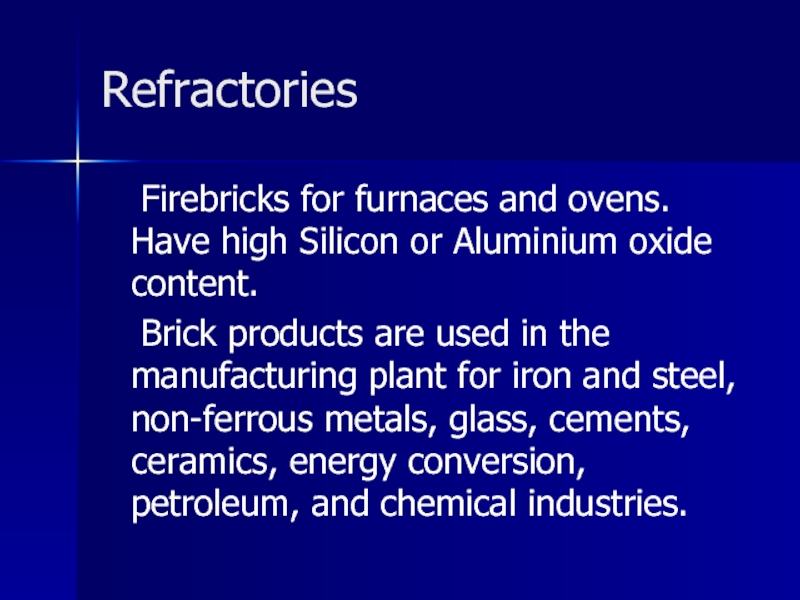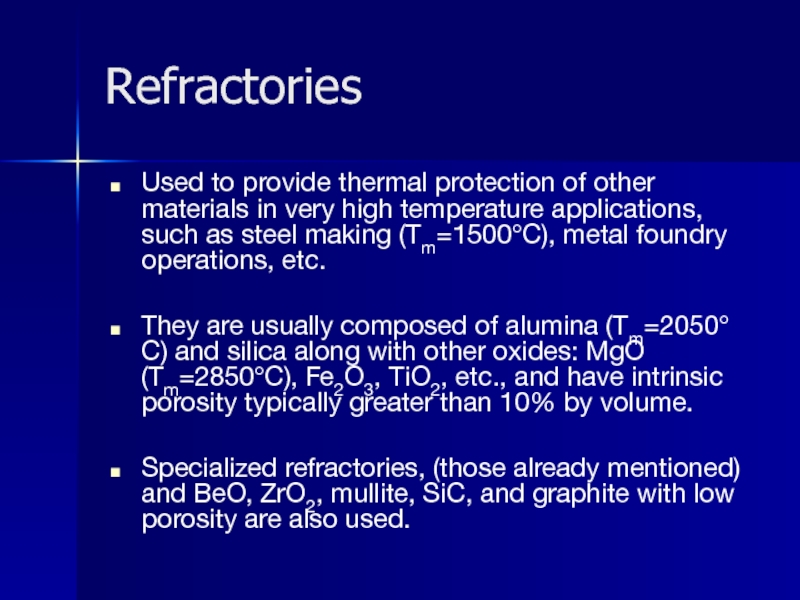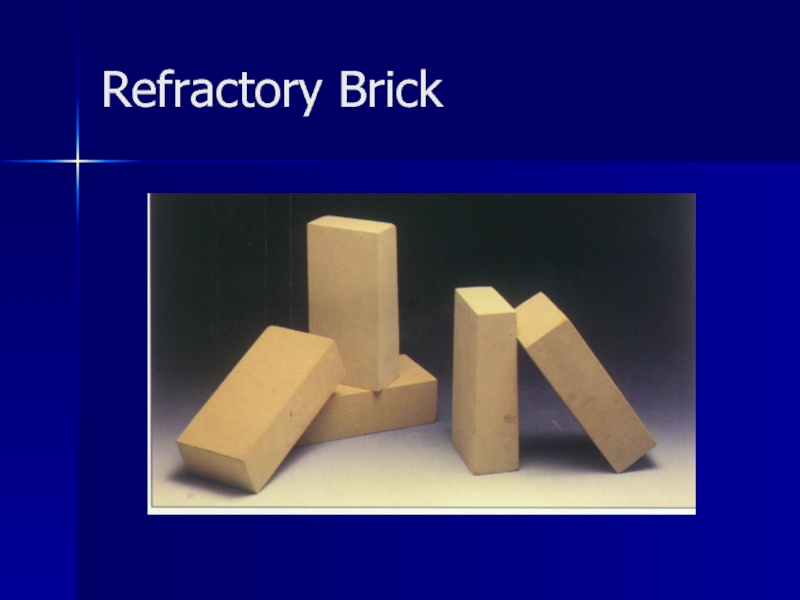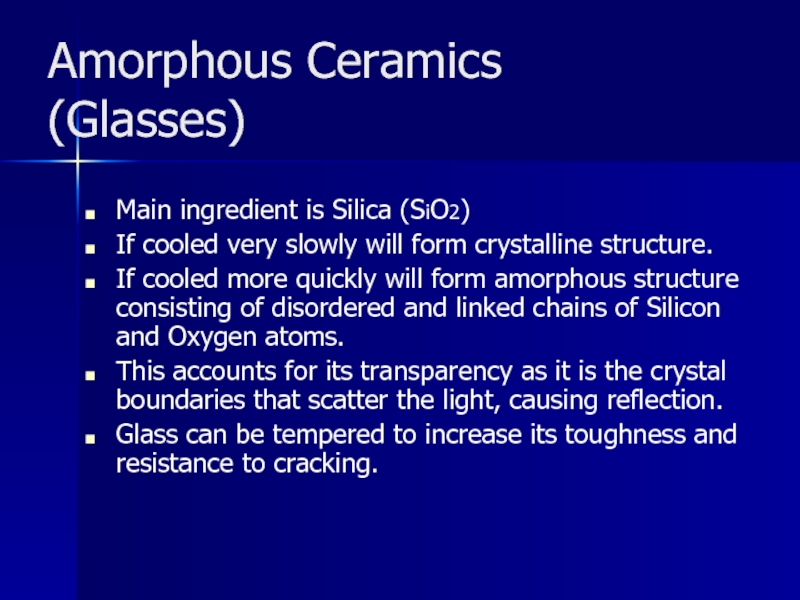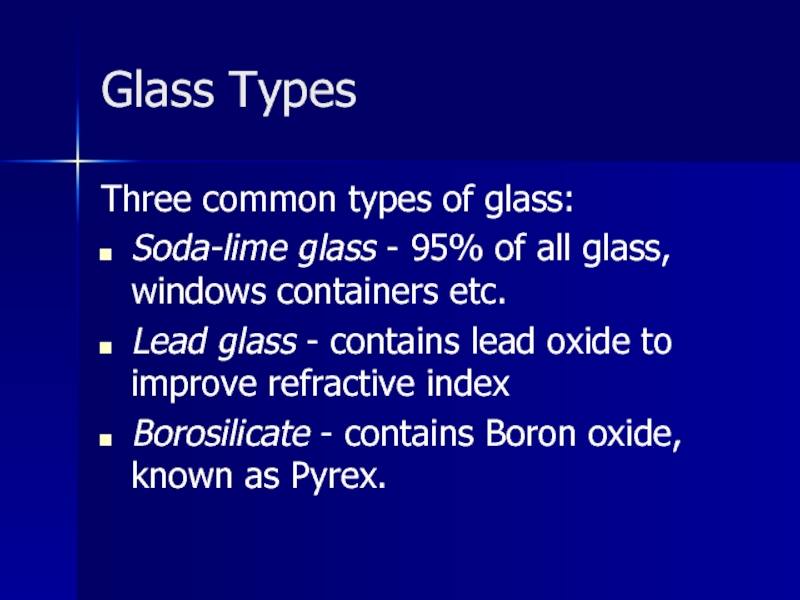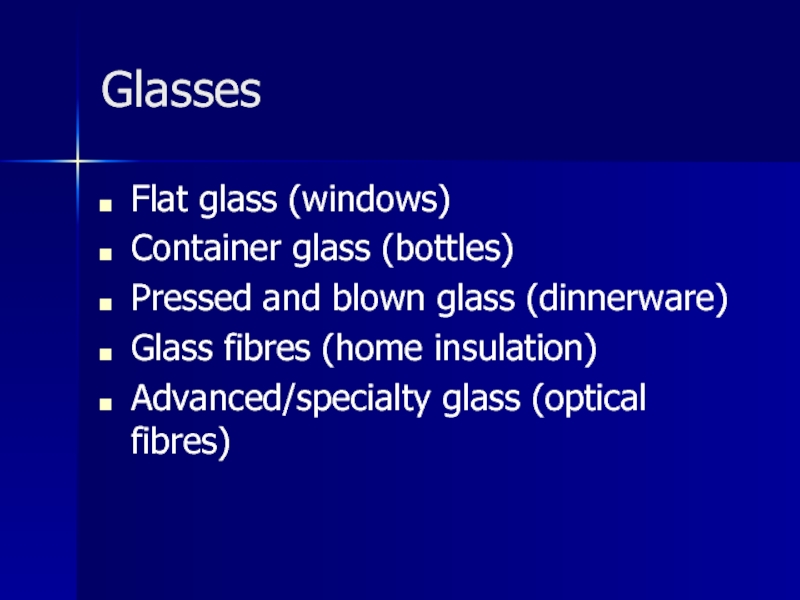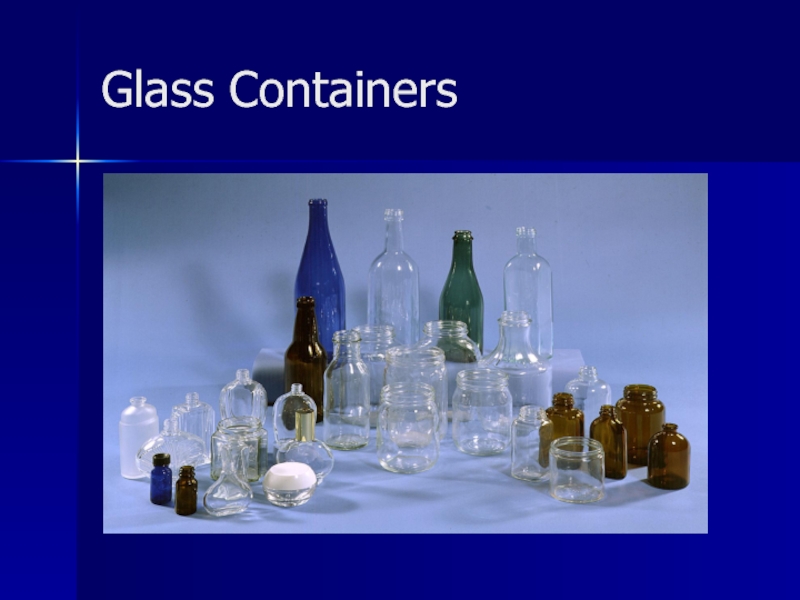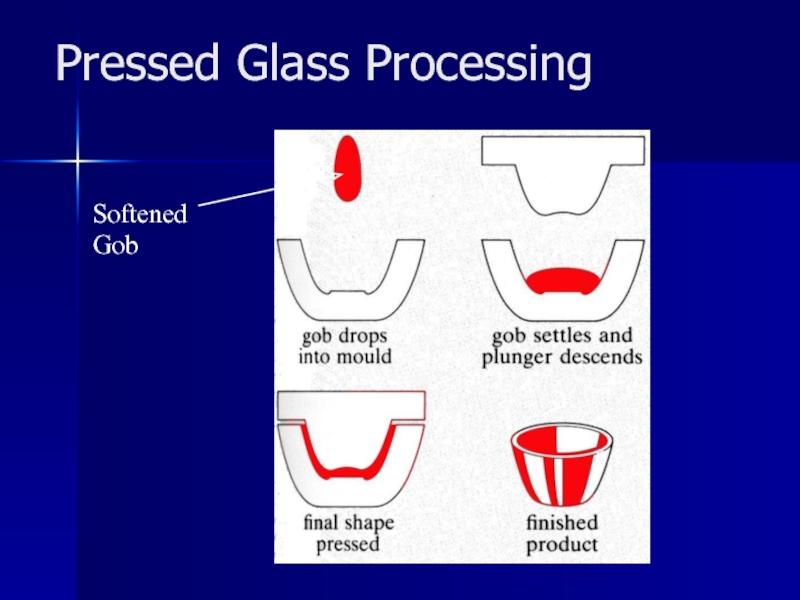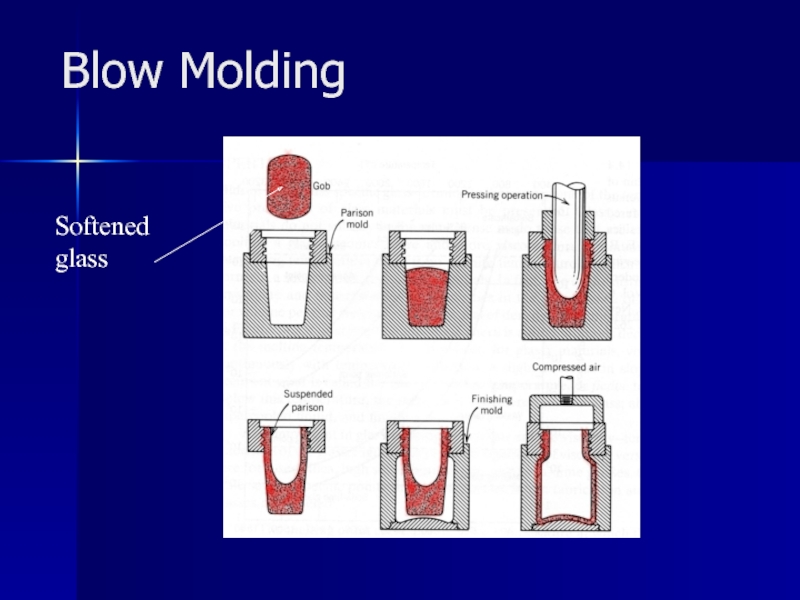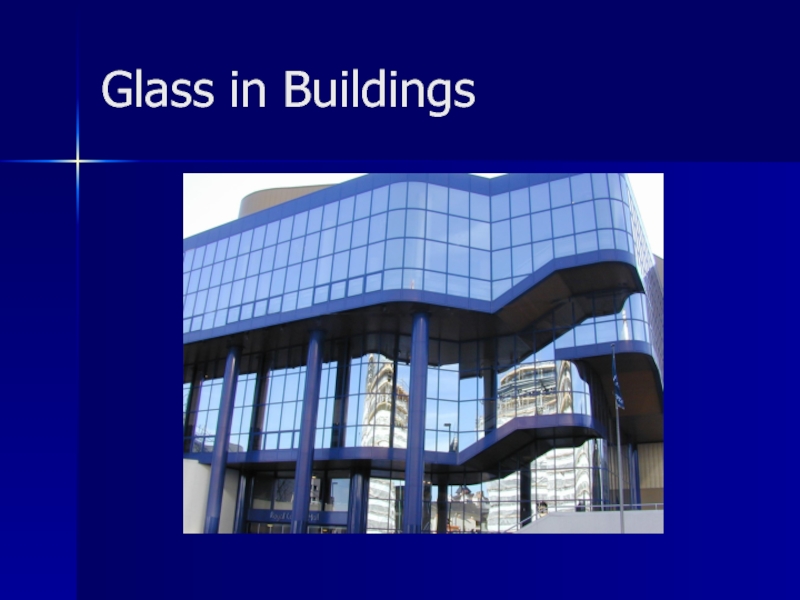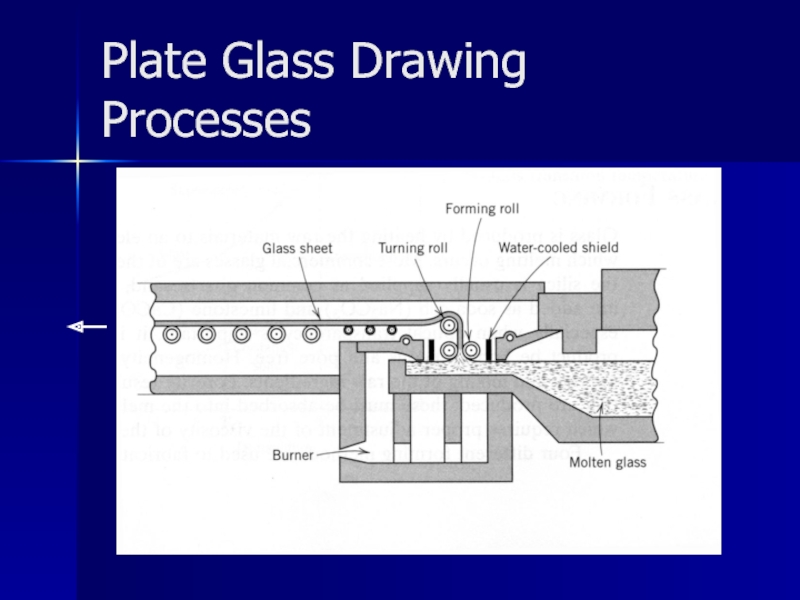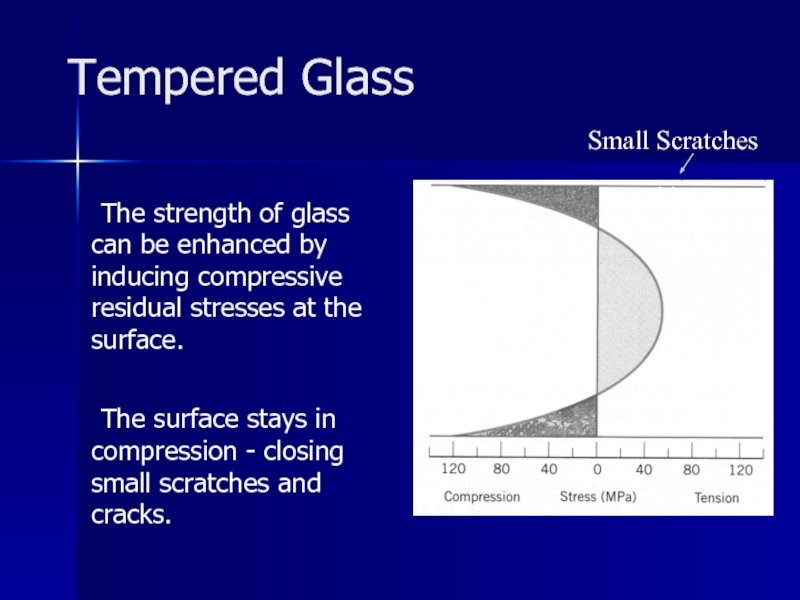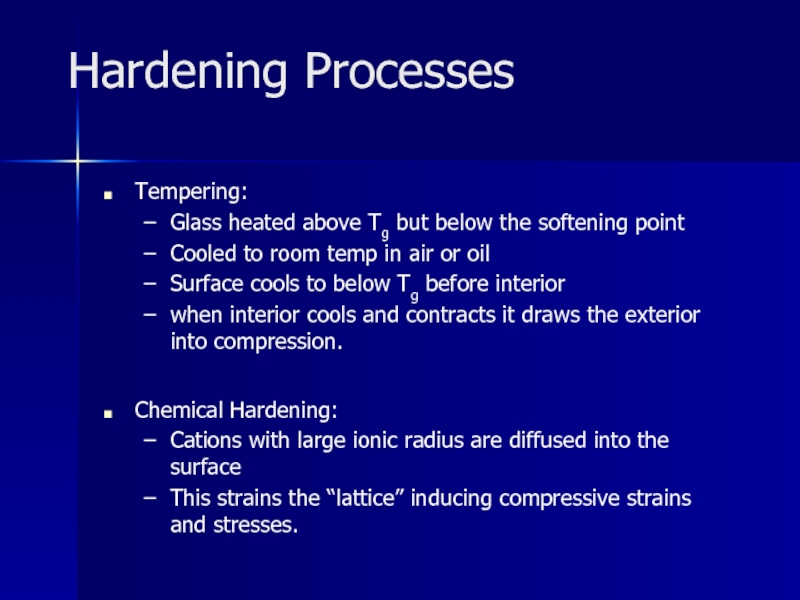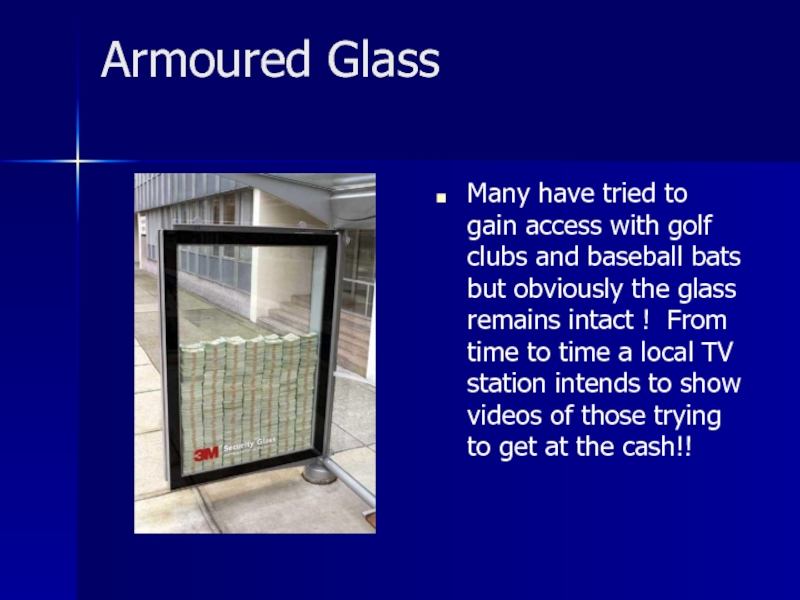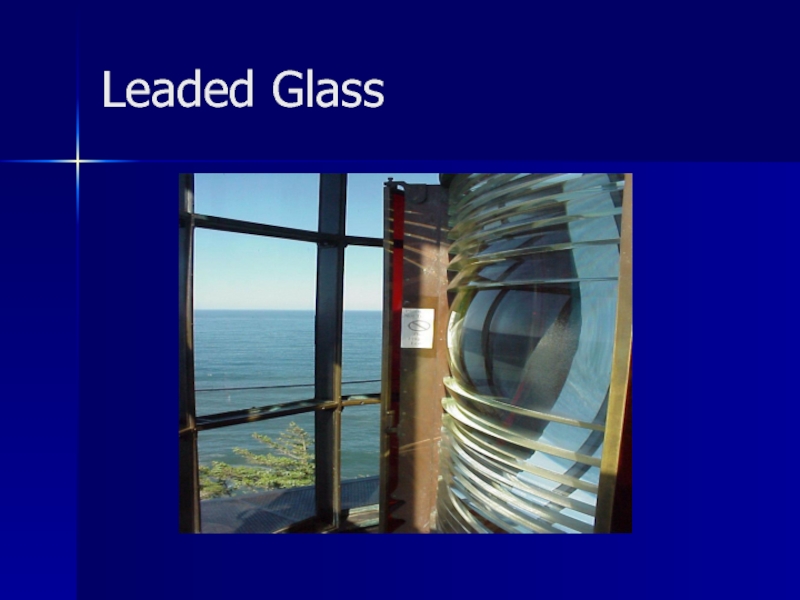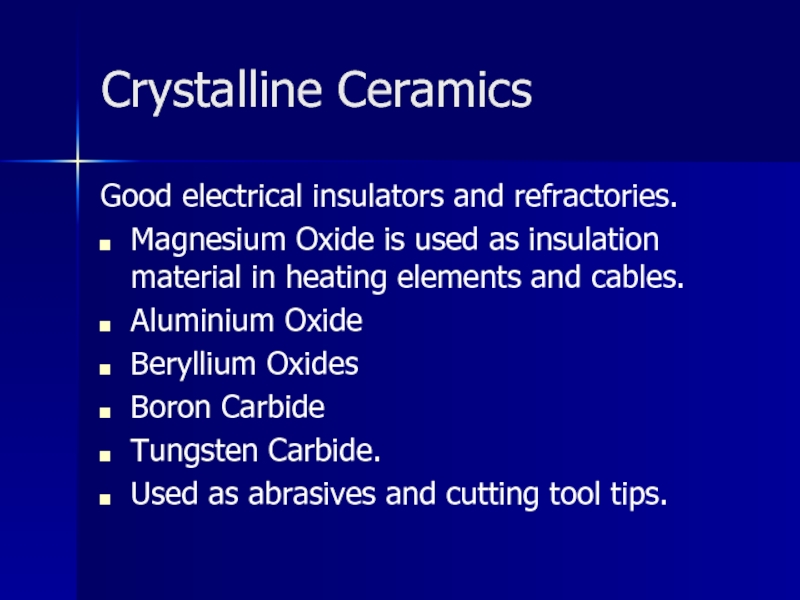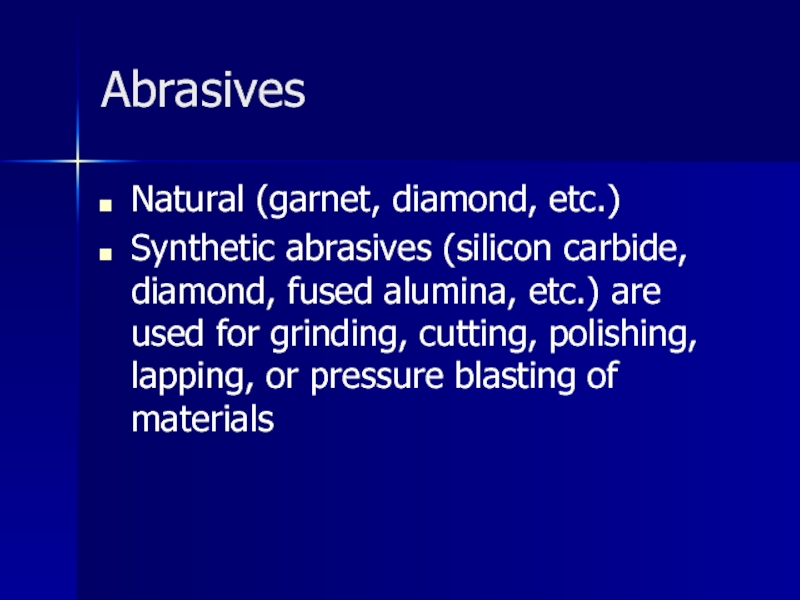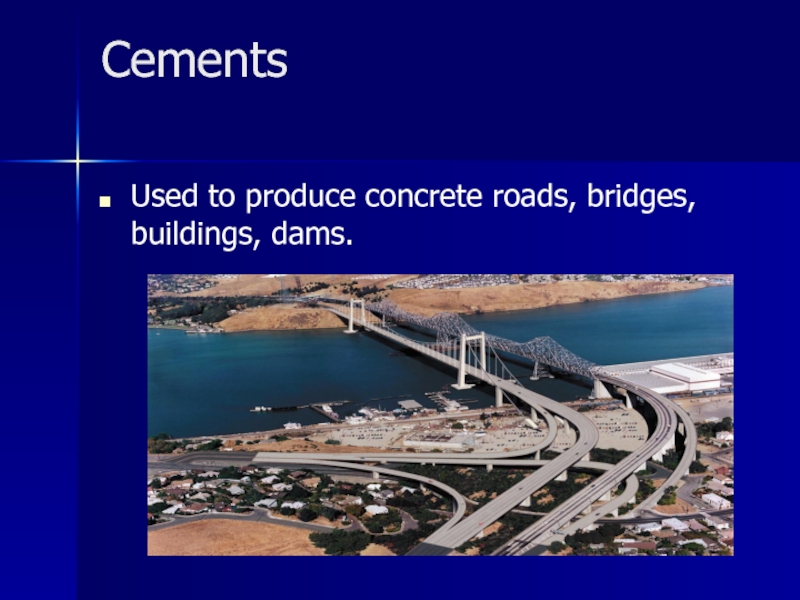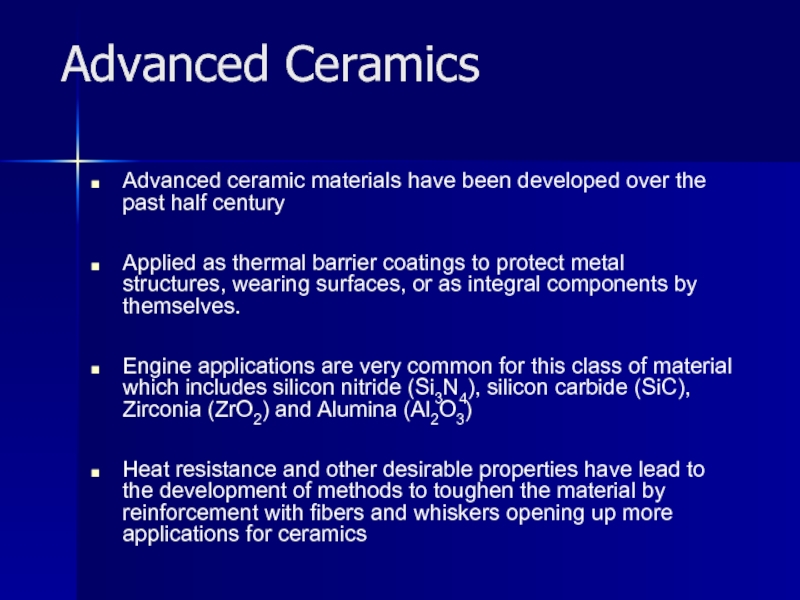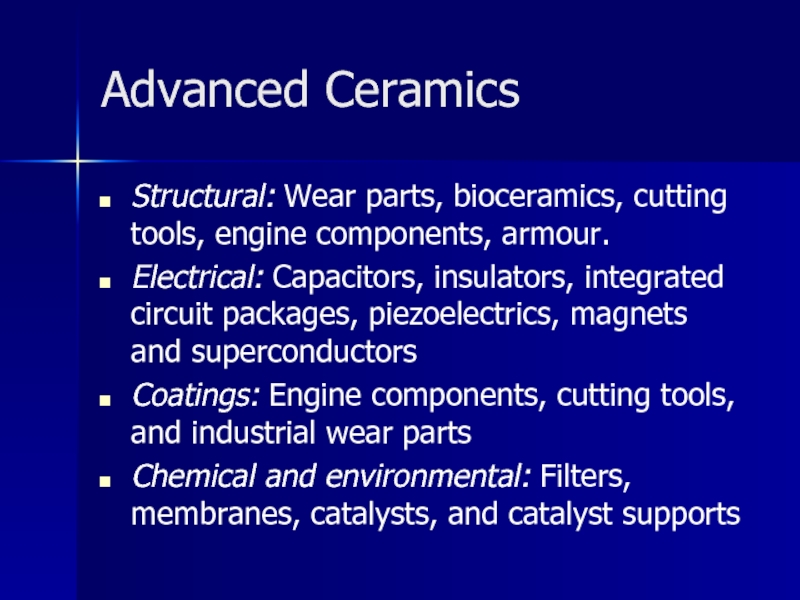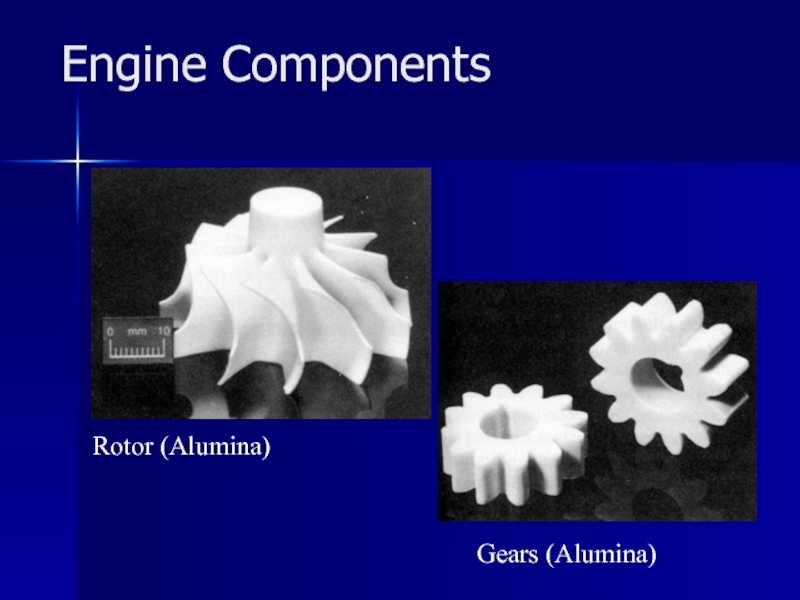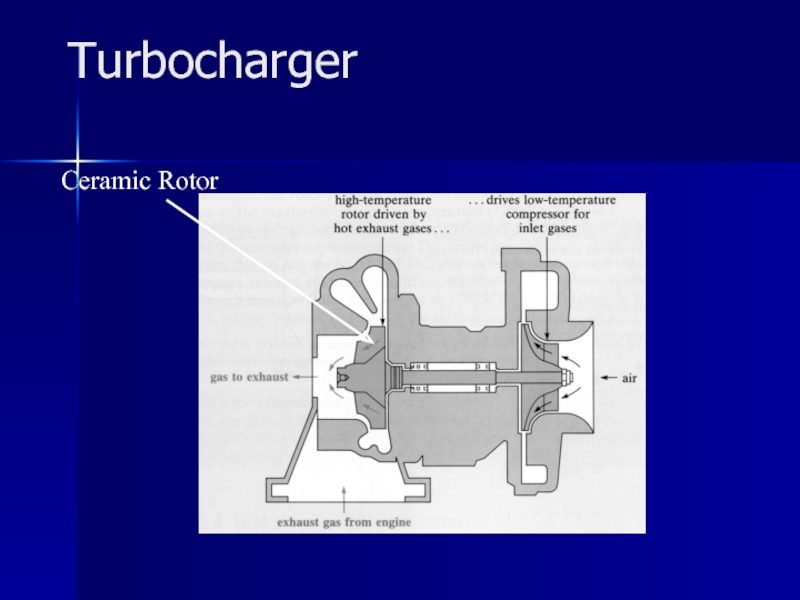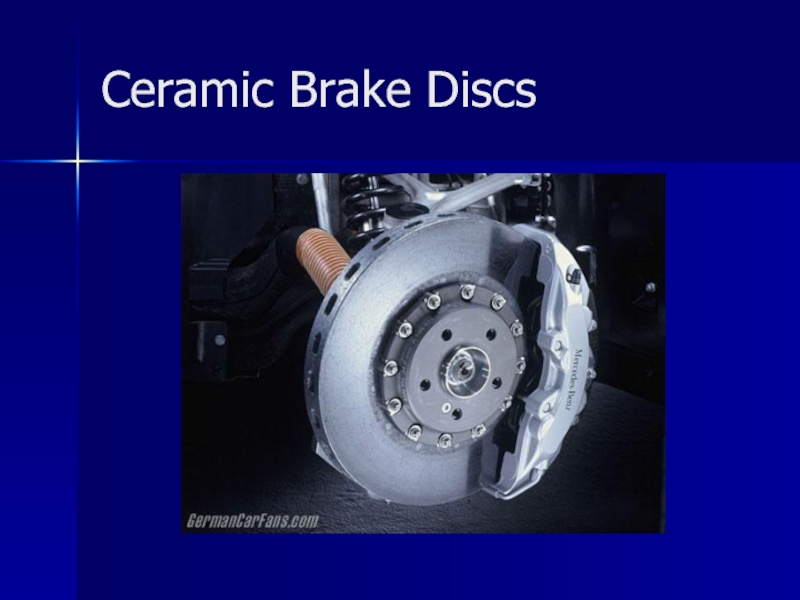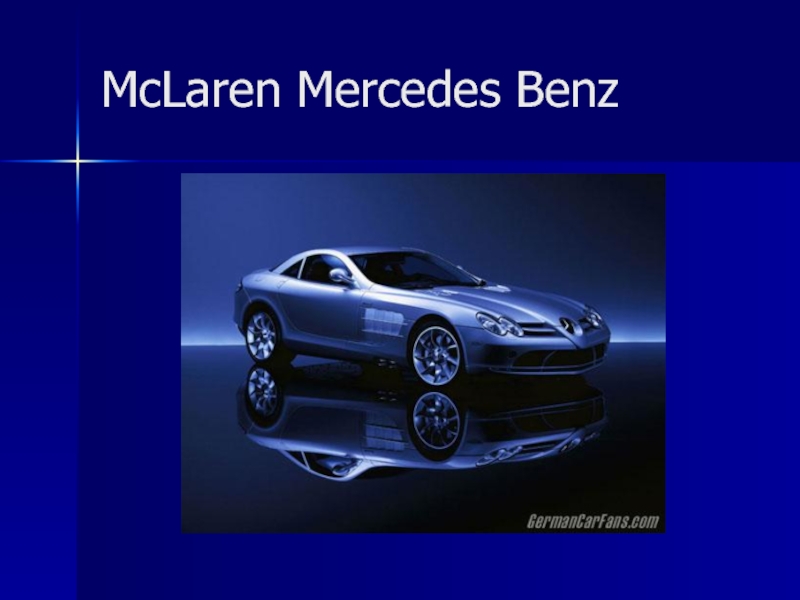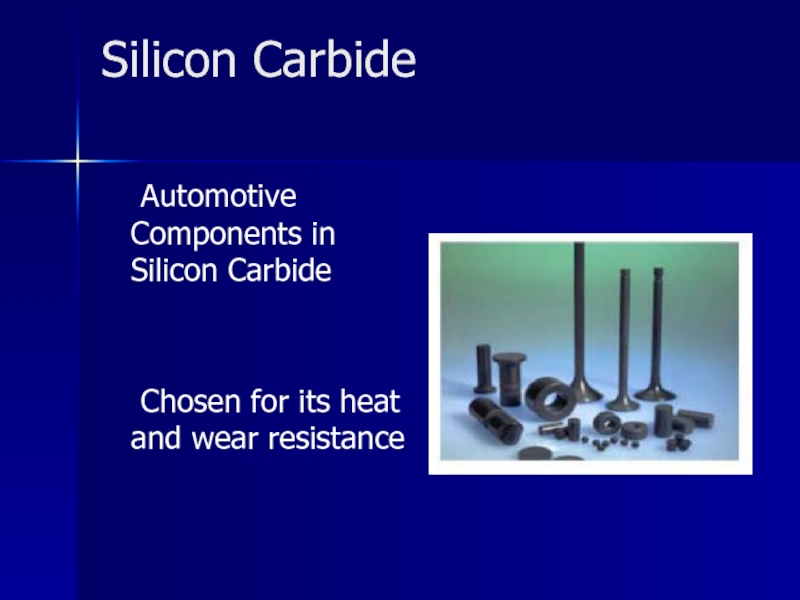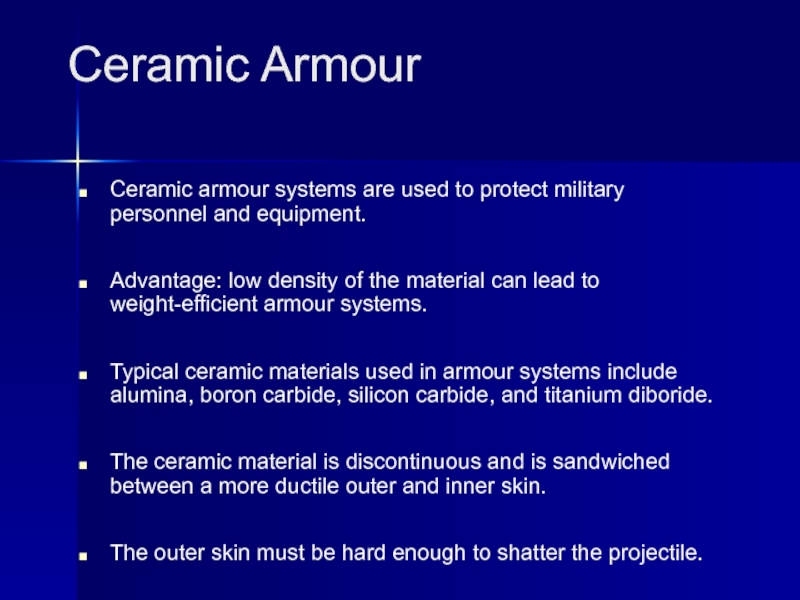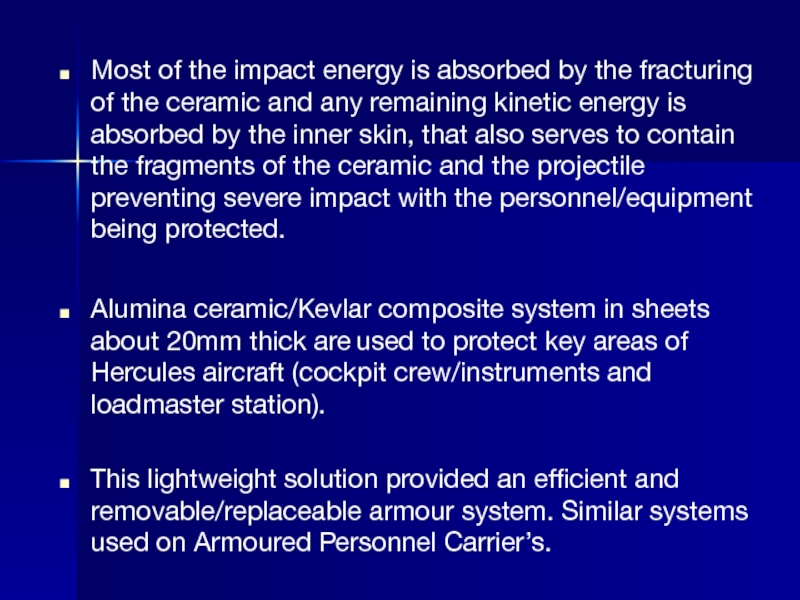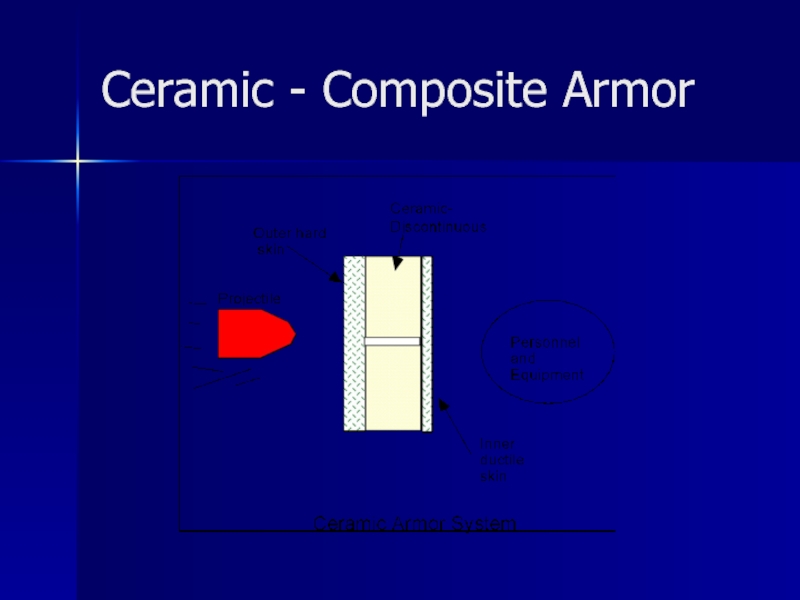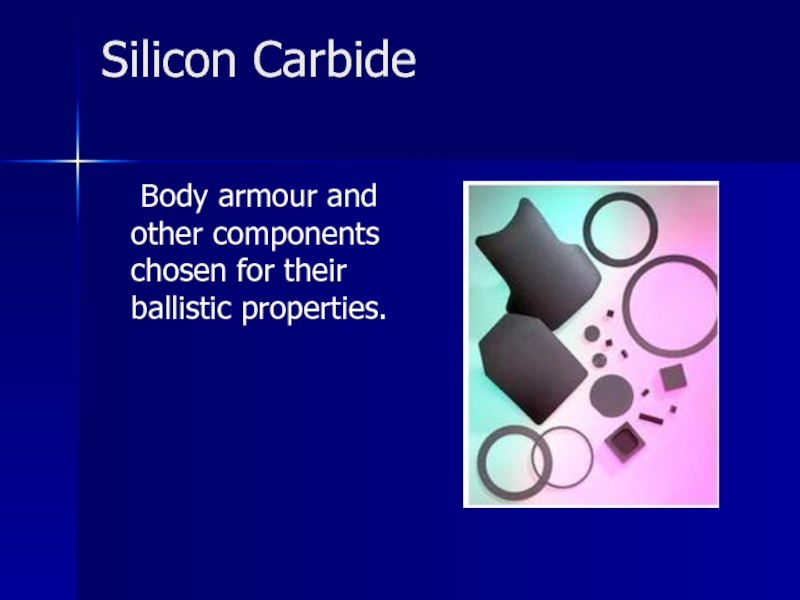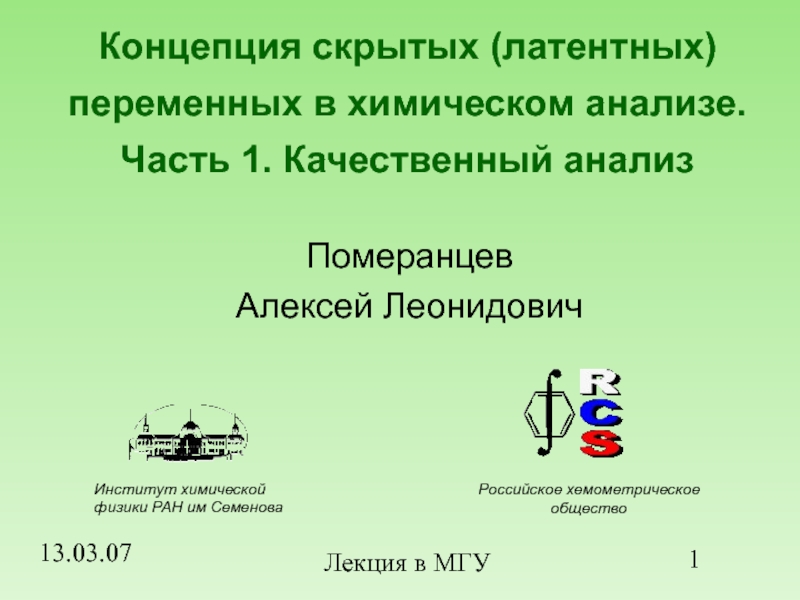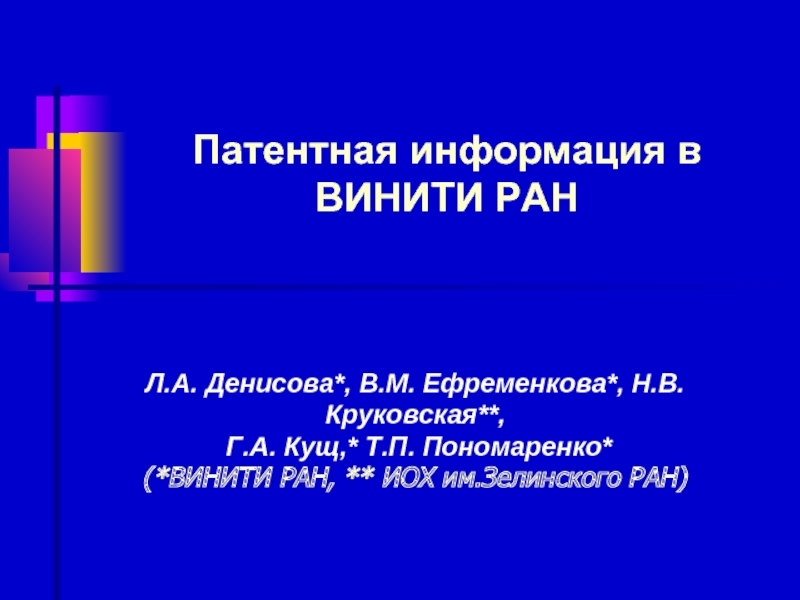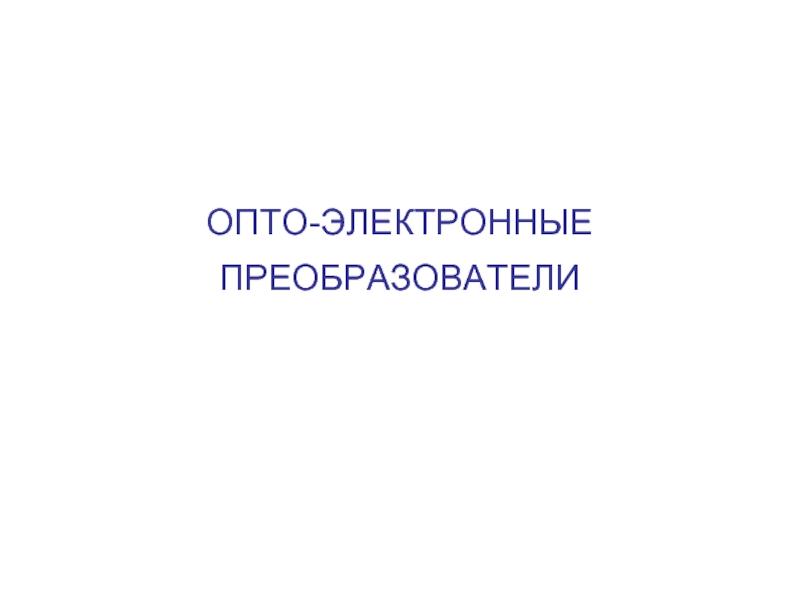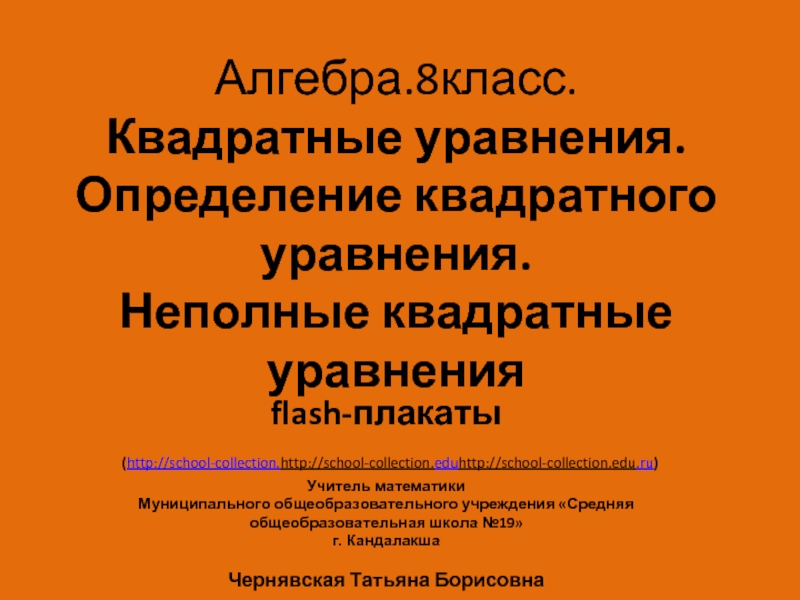- Главная
- Разное
- Дизайн
- Бизнес и предпринимательство
- Аналитика
- Образование
- Развлечения
- Красота и здоровье
- Финансы
- Государство
- Путешествия
- Спорт
- Недвижимость
- Армия
- Графика
- Культурология
- Еда и кулинария
- Лингвистика
- Английский язык
- Астрономия
- Алгебра
- Биология
- География
- Детские презентации
- Информатика
- История
- Литература
- Маркетинг
- Математика
- Медицина
- Менеджмент
- Музыка
- МХК
- Немецкий язык
- ОБЖ
- Обществознание
- Окружающий мир
- Педагогика
- Русский язык
- Технология
- Физика
- Философия
- Химия
- Шаблоны, картинки для презентаций
- Экология
- Экономика
- Юриспруденция
Ceramics. Clays презентация
Содержание
- 1. Ceramics. Clays
- 2. Ceramics A wide-ranging group of materials whose ingredients are clays, sand and felspar.
- 3. Clays Contain some of the following: Silicon
- 4. Types of Ceramics Whitewares Refractories Glasses Abrasives Cements
- 5. Comparison metals v ceramics
- 6. Bonded Clay Ceramics Made from natural
- 7. Whitewares Crockery Floor and wall tiles Sanitary-ware Electrical porcelain Decorative ceramics
- 8. Whiteware: Bathrooms
- 9. Slip Casting Sinter and Serve
- 10. Whitewares
- 11. Refractories Firebricks for furnaces and ovens.
- 12. Refractories Used to provide thermal protection of
- 13. Refractory Brick
- 14. Amorphous Ceramics (Glasses) Main ingredient is
- 15. Glass Types Three common types of glass:
- 16. Glasses Flat glass (windows) Container glass
- 17. Glass Containers
- 18. Pressed Glass Processing Softened Gob
- 19. Blow Molding Softened glass
- 20. Glass in Buildings
- 21. Plate Glass Drawing Processes
- 22. Tempered Glass The strength of glass can
- 23. Hardening Processes Tempering: Glass heated above Tg
- 24. Armoured Glass Many have tried to gain
- 25. Leaded Glass
- 26. Crystalline Ceramics Good electrical insulators and refractories.
- 27. Abrasives Natural (garnet, diamond, etc.) Synthetic abrasives
- 28. Cements Used to produce concrete roads, bridges, buildings, dams.
- 29. Advanced Ceramics Advanced ceramic materials have been
- 30. Advanced Ceramics Structural: Wear parts, bioceramics, cutting
- 31. Engine Components Rotor (Alumina) Gears (Alumina)
- 32. Turbocharger Ceramic Rotor
- 33. Ceramic Brake Discs
- 34. McLaren Mercedes Benz
- 35. Silicon Carbide Automotive Components in Silicon Carbide
- 36. Ceramic Armour Ceramic armour systems are used
- 37. Most of the impact energy is
- 38. Ceramic - Composite Armor
- 39. Silicon Carbide Body armour and other components chosen for their ballistic properties.
Слайд 3Clays
Contain some of the following:
Silicon & Aluminium as silicates
Potassium compounds
Magnesium compounds
Calcium
compounds
Sand contains Silica and Feldspar or Aluminium Potassium Silicate.
Sand contains Silica and Feldspar or Aluminium Potassium Silicate.
Слайд 6Bonded Clay Ceramics
Made from natural clays and mixtures of clays
and added crystalline ceramics.
These include:
Whitewares
Structural Clay Products
Refractory Ceramics
These include:
Whitewares
Structural Clay Products
Refractory Ceramics
Слайд 11Refractories
Firebricks for furnaces and ovens. Have high Silicon or Aluminium
oxide content.
Brick products are used in the manufacturing plant for iron and steel, non-ferrous metals, glass, cements, ceramics, energy conversion, petroleum, and chemical industries.
Brick products are used in the manufacturing plant for iron and steel, non-ferrous metals, glass, cements, ceramics, energy conversion, petroleum, and chemical industries.
Слайд 12Refractories
Used to provide thermal protection of other materials in very high
temperature applications, such as steel making (Tm=1500°C), metal foundry operations, etc.
They are usually composed of alumina (Tm=2050°C) and silica along with other oxides: MgO (Tm=2850°C), Fe2O3, TiO2, etc., and have intrinsic porosity typically greater than 10% by volume.
Specialized refractories, (those already mentioned) and BeO, ZrO2, mullite, SiC, and graphite with low porosity are also used.
They are usually composed of alumina (Tm=2050°C) and silica along with other oxides: MgO (Tm=2850°C), Fe2O3, TiO2, etc., and have intrinsic porosity typically greater than 10% by volume.
Specialized refractories, (those already mentioned) and BeO, ZrO2, mullite, SiC, and graphite with low porosity are also used.
Слайд 14Amorphous Ceramics
(Glasses)
Main ingredient is Silica (SiO2)
If cooled very slowly
will form crystalline structure.
If cooled more quickly will form amorphous structure consisting of disordered and linked chains of Silicon and Oxygen atoms.
This accounts for its transparency as it is the crystal boundaries that scatter the light, causing reflection.
Glass can be tempered to increase its toughness and resistance to cracking.
If cooled more quickly will form amorphous structure consisting of disordered and linked chains of Silicon and Oxygen atoms.
This accounts for its transparency as it is the crystal boundaries that scatter the light, causing reflection.
Glass can be tempered to increase its toughness and resistance to cracking.
Слайд 15Glass Types
Three common types of glass:
Soda-lime glass - 95% of all
glass, windows containers etc.
Lead glass - contains lead oxide to improve refractive index
Borosilicate - contains Boron oxide, known as Pyrex.
Lead glass - contains lead oxide to improve refractive index
Borosilicate - contains Boron oxide, known as Pyrex.
Слайд 16Glasses
Flat glass (windows)
Container glass (bottles)
Pressed and blown glass (dinnerware)
Glass fibres
(home insulation)
Advanced/specialty glass (optical fibres)
Advanced/specialty glass (optical fibres)
Слайд 22Tempered Glass
The strength of glass can be enhanced by inducing compressive
residual stresses at the surface.
The surface stays in compression - closing small scratches and cracks.
The surface stays in compression - closing small scratches and cracks.
Small Scratches
Слайд 23Hardening Processes
Tempering:
Glass heated above Tg but below the softening point
Cooled to
room temp in air or oil
Surface cools to below Tg before interior
when interior cools and contracts it draws the exterior into compression.
Chemical Hardening:
Cations with large ionic radius are diffused into the surface
This strains the “lattice” inducing compressive strains and stresses.
Surface cools to below Tg before interior
when interior cools and contracts it draws the exterior into compression.
Chemical Hardening:
Cations with large ionic radius are diffused into the surface
This strains the “lattice” inducing compressive strains and stresses.
Слайд 24Armoured Glass
Many have tried to gain access with golf clubs and
baseball bats but obviously the glass remains intact ! From time to time a local TV station intends to show videos of those trying to get at the cash!!
Слайд 26Crystalline Ceramics
Good electrical insulators and refractories.
Magnesium Oxide is used as insulation
material in heating elements and cables.
Aluminium Oxide
Beryllium Oxides
Boron Carbide
Tungsten Carbide.
Used as abrasives and cutting tool tips.
Aluminium Oxide
Beryllium Oxides
Boron Carbide
Tungsten Carbide.
Used as abrasives and cutting tool tips.
Слайд 27Abrasives
Natural (garnet, diamond, etc.)
Synthetic abrasives (silicon carbide, diamond, fused alumina, etc.)
are used for grinding, cutting, polishing, lapping, or pressure blasting of materials
Слайд 29Advanced Ceramics
Advanced ceramic materials have been developed over the past half
century
Applied as thermal barrier coatings to protect metal structures, wearing surfaces, or as integral components by themselves.
Engine applications are very common for this class of material which includes silicon nitride (Si3N4), silicon carbide (SiC), Zirconia (ZrO2) and Alumina (Al2O3)
Heat resistance and other desirable properties have lead to the development of methods to toughen the material by reinforcement with fibers and whiskers opening up more applications for ceramics
Applied as thermal barrier coatings to protect metal structures, wearing surfaces, or as integral components by themselves.
Engine applications are very common for this class of material which includes silicon nitride (Si3N4), silicon carbide (SiC), Zirconia (ZrO2) and Alumina (Al2O3)
Heat resistance and other desirable properties have lead to the development of methods to toughen the material by reinforcement with fibers and whiskers opening up more applications for ceramics
Слайд 30Advanced Ceramics
Structural: Wear parts, bioceramics, cutting tools, engine components, armour.
Electrical: Capacitors,
insulators, integrated circuit packages, piezoelectrics, magnets and superconductors
Coatings: Engine components, cutting tools, and industrial wear parts
Chemical and environmental: Filters, membranes, catalysts, and catalyst supports
Coatings: Engine components, cutting tools, and industrial wear parts
Chemical and environmental: Filters, membranes, catalysts, and catalyst supports
Слайд 35Silicon Carbide
Automotive Components in Silicon Carbide
Chosen for its heat and wear
resistance
Слайд 36Ceramic Armour
Ceramic armour systems are used to protect military personnel and
equipment.
Advantage: low density of the material can lead to weight-efficient armour systems.
Typical ceramic materials used in armour systems include alumina, boron carbide, silicon carbide, and titanium diboride.
The ceramic material is discontinuous and is sandwiched between a more ductile outer and inner skin.
The outer skin must be hard enough to shatter the projectile.
Advantage: low density of the material can lead to weight-efficient armour systems.
Typical ceramic materials used in armour systems include alumina, boron carbide, silicon carbide, and titanium diboride.
The ceramic material is discontinuous and is sandwiched between a more ductile outer and inner skin.
The outer skin must be hard enough to shatter the projectile.
Слайд 37
Most of the impact energy is absorbed by the fracturing of
the ceramic and any remaining kinetic energy is absorbed by the inner skin, that also serves to contain the fragments of the ceramic and the projectile preventing severe impact with the personnel/equipment being protected.
Alumina ceramic/Kevlar composite system in sheets about 20mm thick are used to protect key areas of Hercules aircraft (cockpit crew/instruments and loadmaster station).
This lightweight solution provided an efficient and removable/replaceable armour system. Similar systems used on Armoured Personnel Carrier’s.
Alumina ceramic/Kevlar composite system in sheets about 20mm thick are used to protect key areas of Hercules aircraft (cockpit crew/instruments and loadmaster station).
This lightweight solution provided an efficient and removable/replaceable armour system. Similar systems used on Armoured Personnel Carrier’s.
